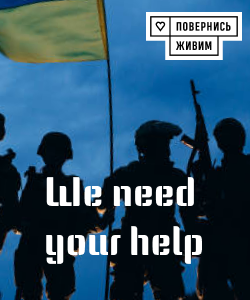Deep divisions are emerging between the United States and Ukraine regarding the terms of a future peace settlement with Russia, casting doubt on the likelihood of a swift agreement
According to the American news channel CNN, the key issues fueling this tension include security guarantees for Ukraine and the official U.S. position on the status of Crimea, which was annexed by Russia. Sources close to the Ukrainian government, familiar with both versions of a potential document that would regulate the terms of ending the war, report that Kyiv insists on full support and guarantees not only from European partners but also from the United States. Ukraine aims to ensure its security through clear assurances capable of preventing future aggression and invasions, and considers that the U.S. should play a significant role in this process. According to one source, the initial American draft, which appeared as part of diplomatic negotiations, stipulated that the primary guarantees for Ukraine would be provided exclusively by Europe—namely through NATO and other Western institutions. However, Kyiv insists that security support should be more comprehensive and include direct involvement from the United States, especially given the rapid escalation of the conflict. Another point of disagreement concerns the status of Crimea. Ukraine’s official position is firmly against recognizing Moscow’s control over this part of Ukraine as legitimate and demands the removal of any claims regarding its status until the territory is returned under Ukrainian sovereignty. At the same time, Washington has expressed willingness to consider recognizing Russia’s control over Crimea as part of separate diplomatic discussions; however, this idea is completely unacceptable to Kyiv. Ukraine also insists that, following the signing of any agreement, all occupied territories—including those occupied since the beginning of the Russian offensive in February 2022—must be returned to Ukrainian control. Accordingly, one of the key elements of Ukraine’s stance is a proposal supported by France, the United Kingdom, and Germany—that an unconditional and immediate ceasefire be established on both sides. Under this plan, Ukraine agreed to conditions such as lifting sanctions on Russia that have been in place since 2014, after the implementation of a peace plan; refraining from rapid NATO accession; freezing the front line; and returning control over territories, including around the Zaporizhzhia Nuclear Power Plant. However, this significantly differs from initial U.S. proposals and has sparked discussions among Ukrainian officials about the prospects for continued negotiations. Ukraine is taking important steps toward the negotiation process; however, some issues remain highly contentious. Analysts and officials point out that discussions about territorial concessions could provoke internal dissent or even critical reactions within Ukrainian society. Furthermore, reports have emerged indicating that the Trump administration provided Kyiv with a one-page document containing proposals for resolving the Ukraine conflict, presented as the final version of an agreement. According to this document, the U.S. is prepared to cease its unwavering support, recognize Russian control over Crimea, and ease sanctions on Moscow—raising justified concern among Ukrainian diplomats. Ukrainian President Volodymyr Zelensky’s statements on April 25 clearly emphasize the need for strong security guarantees from the U.S.—equivalent to those Israel has—in the armed forces, on land, in the air, and at sea. He stressed that Ukraine needs the same level of defense assurance to effectively protect itself against possible new aggressions. Earlier reports indicated that the Trump administration allegedly provided Ukraine with a document outlining various conflict resolution scenarios—including a concept recognizing Russia’s control over Crimea and easing sanctions. However, the Ukrainian president clarified that this proposal sparked further debate and may have altered initial U.S. diplomatic efforts. Thus, the Ukrainian leadership faces a difficult task of balancing the pursuit of peaceful settlement with the imperative to safeguard national interests amid complex international circumstances.

